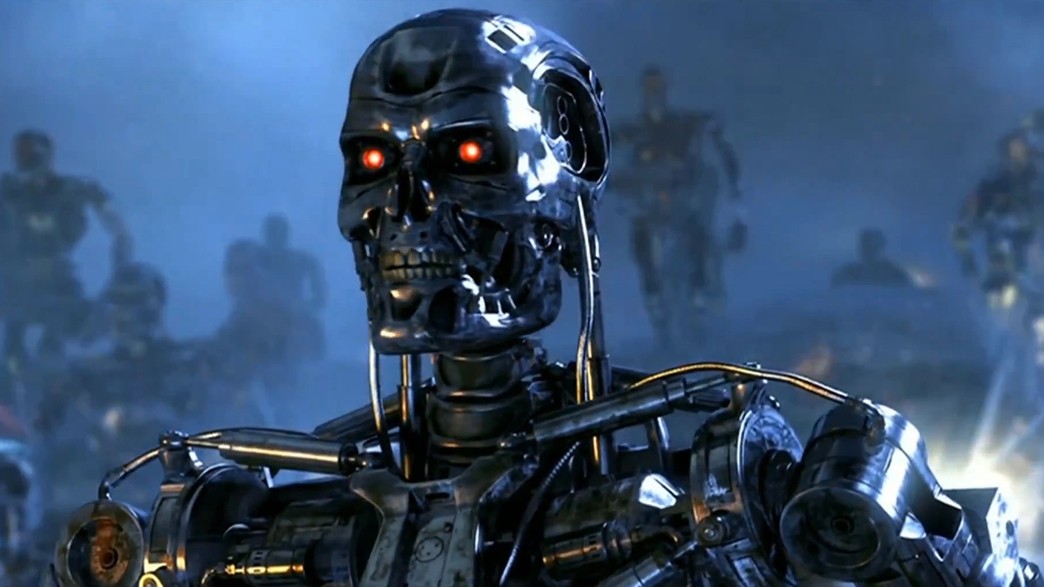
Making films that appeal to the public has become a huge concern for big studios

"Filmmaking for me is always aiming for the imaginary movie and never achieving it," said Peter Jackson, the director of successful franchises like Lord of The Rings and The Hobbit, when asked for his views on making films. He may be right because to convince people to leave the comfort of their homes and buy a ticket is a huge task and with every passing year, it is becoming more and more difficult.
Cine-goers of yesteryears now have 3D screens at home; some have installed home theatre system with projector screens and a few have a DVD/Blu-Ray collection. In such a scenario, making films that appeal to the public has become a huge concern for big studios that were content with Cold War sagas in the 1980s and action-thrillers in the 90s.
Films like Terminator 2: Judgment Day (1991) and The Matrix (1999) changed all that and were being termed iconic for their innovative techniques and never-before-attempted graphic sequences. However, it were superhero flicks that took filmmaking to a new level in Hollywood.
First came Bryan Singer’s X-Men (2000) and it was followed by Sam Raimi’s Spider Man (2002) and in both the flicks, the director used technology that was beyond anyone’s imagination. A man wearing a spider-inspired suit, crawling on walls; Mutants who had extraordinary powers; And Mutants living amongst humans!
As they said: with great powers come great responsibility and with great technological advances, directors were bound to act responsibly -- and they did. With the success of superhero flicks, every major studio in Hollywood wanted to have its own comic character and that’s where Marvel Comics played their cards wisely.
Till the 90s, no one was interested in using Marvel’s characters for films but the turn of the millennium turned the tide for the Comic Giants. X-Men and Spider Man were followed by Iron Man, Hulk, Captain America, Thor and Ant Man whose stand-alone films were later combined into The Avengers, Avengers: Age of Ultron and more recently Captain America: Civil War.
Most of the flicks were made in 3D formats and later for IMAX cinemas so that people could get closer to the films than they ever could at home. It took double the time to create the extra layer for 3D (3 Dimensional) viewing but the gimmick paid off.
That was before 3D TV screens were available at cut-throat prices -- people had to buy tickets to get entertained. The success of first 3D and later IMAX prompted Disney to re-release their cult animated films like Lion King in 3D, Finding Nemo in 3D and more recently an improved version of Jungle Book for both 3D and IMAX.
Two of the most successful flicks of all times -- Steven Spielberg’s Jurassic Park (1993) and James Cameron’s Titanic (1997) were also converted to 3D and were well-received by the audience. Even characters from animated TV series like The Transformers were brought to life in the new millennium as CGI (Computer Generated Imagery) as well as Computer Animation allowed the directors to widen their horizon and think out of the box.
Even literary classics like Harry Potter, Chronicles of Narnia, Alice in Wonderland and Lord of The Rings/The Hobbit were able to reach new audiences as depicting the fantasy, the grand sequences and the weird characters was now a possibility.
With the advent of technology, the once-advance James Bond franchise faded away as ‘another spy series’ and were taken over by Superheroes. When Brandon Routh flew in the air in Superman Returns (2006), it was a kind of spectacle no one had witnessed before (even if it was for 20 minutes only). Henry Cavill continued the tradition in Zack Snyder flicks Man of Steel and Dawn of Justice where his flight was made to look real with the help of state-of-the-art visual effects.
But the impact left by James Cameron’s Avatar was better than any superhero flick -- he combined live-action with real actors and made extensive use of motion capture filming techniques, something that wasn’t available when he conceived the film in the 90s. Due to its ground-breaking visual effects, Avatar broke all records and is regarded as one of the few path-breaking films in the world.
Even in Pakistan, people used technology to lure back audience to cinemas. The first director to do so was Saeed Rizvi who used special effects to make people watch Shaani in the late 80s; he came back with Sar Kata Insaan and Tilismi Jazeera in the 90s and although the visual effects weren’t at par with Hollywood, they were certainly at par with the countries that ventured in sci-fi genre (Bollywood made its entry into sci-fi with Koi Mil Gaya in 2003).
Another revolutionary director, Jawed Sheikh, should be credited for making filmmakers realise the importance of technology; with his Yeh Dil Aap Ka Huwa (2002), he changed the way films were made in Pakistan. His flick literally switched Pakistan’s ailing film industry from analog to digital. The screen had more colours, the voice quality was far better and even the punches seemed real.
That was the first step towards revival as other directors tried to follow Sheikh. Now we have films like Bilal Lashari’s Waar and Sharmeen Obaid-Chinoy’s 3 Bahadur that have helped Pakistan make a name internationally.